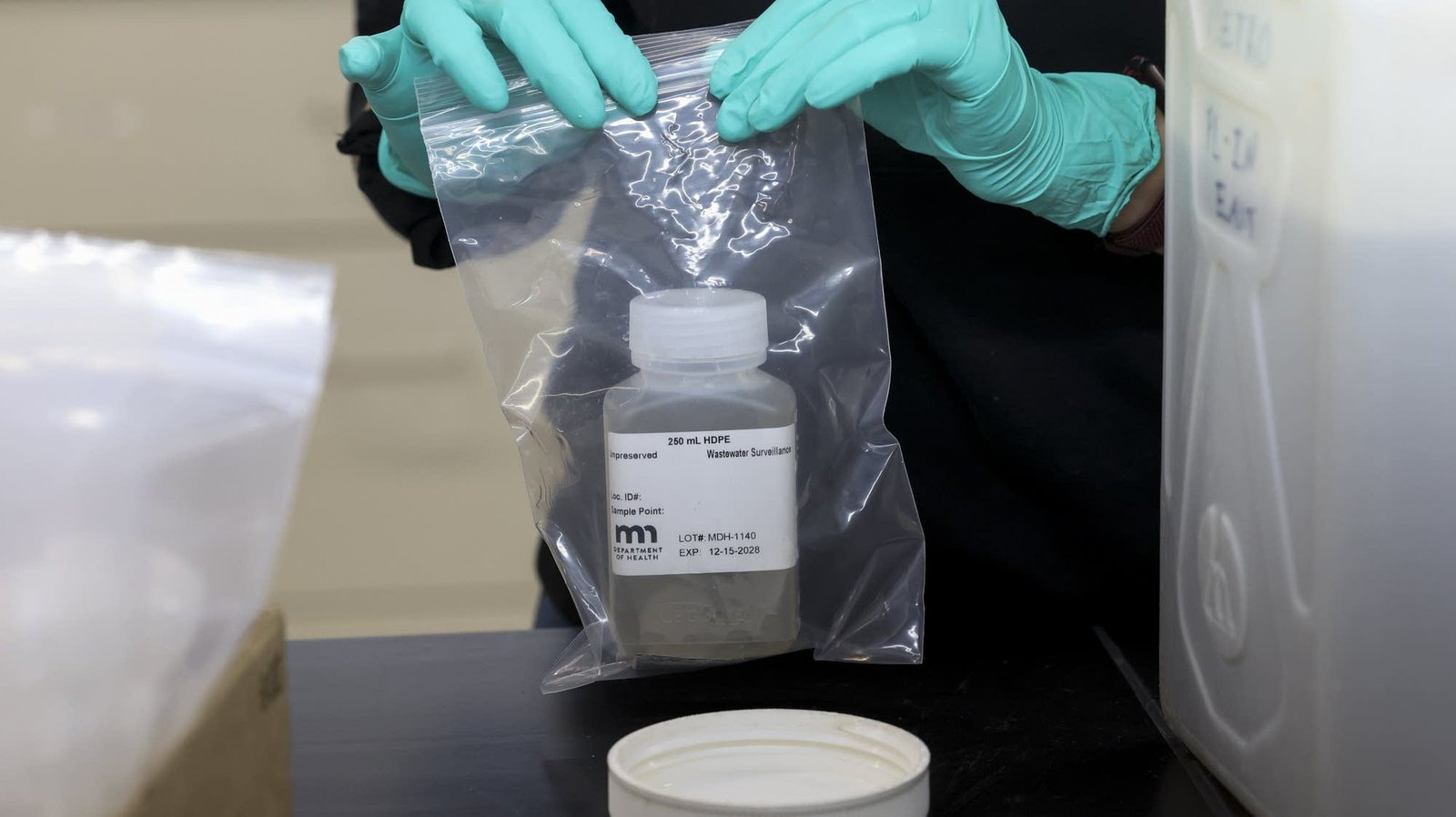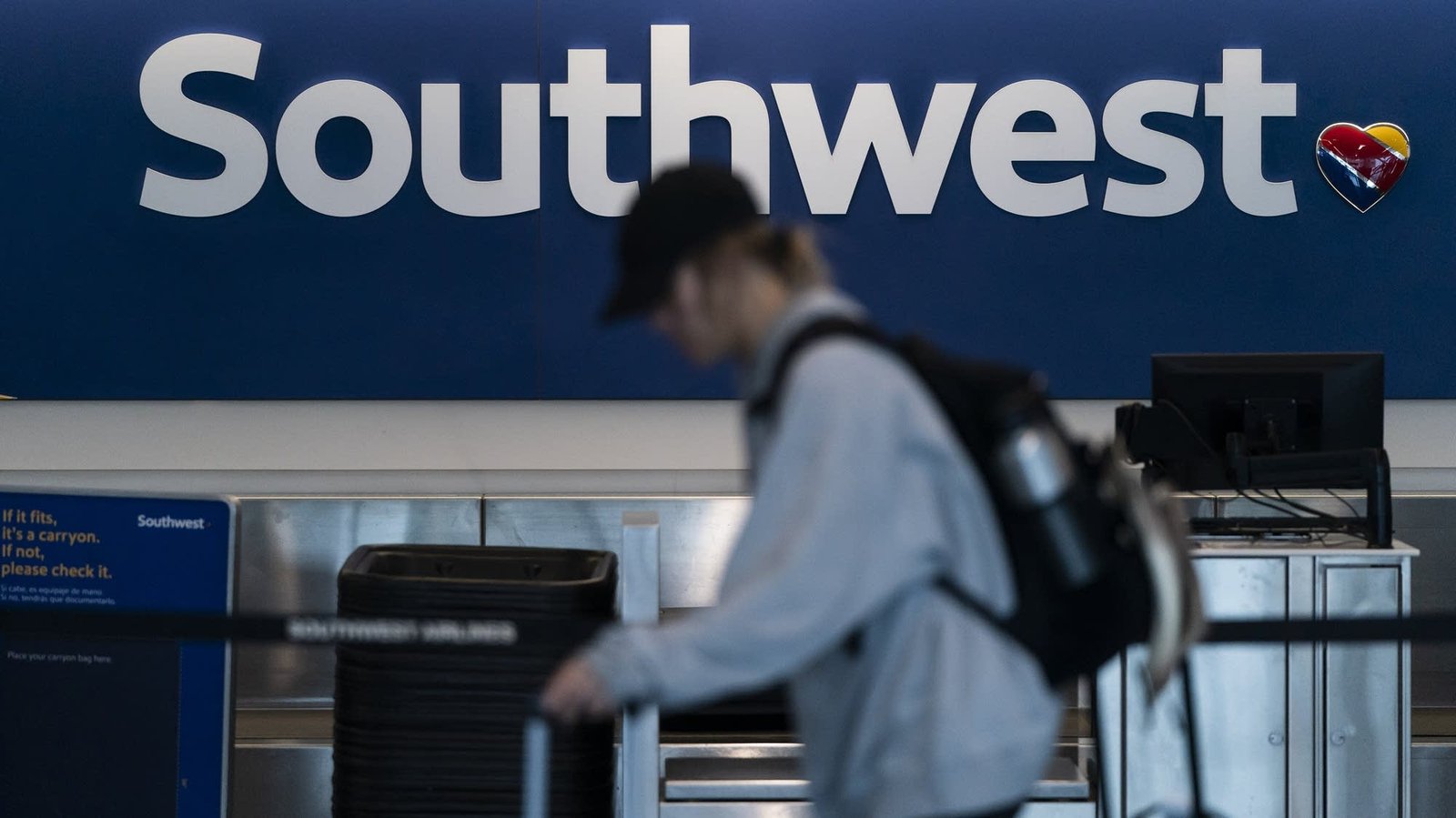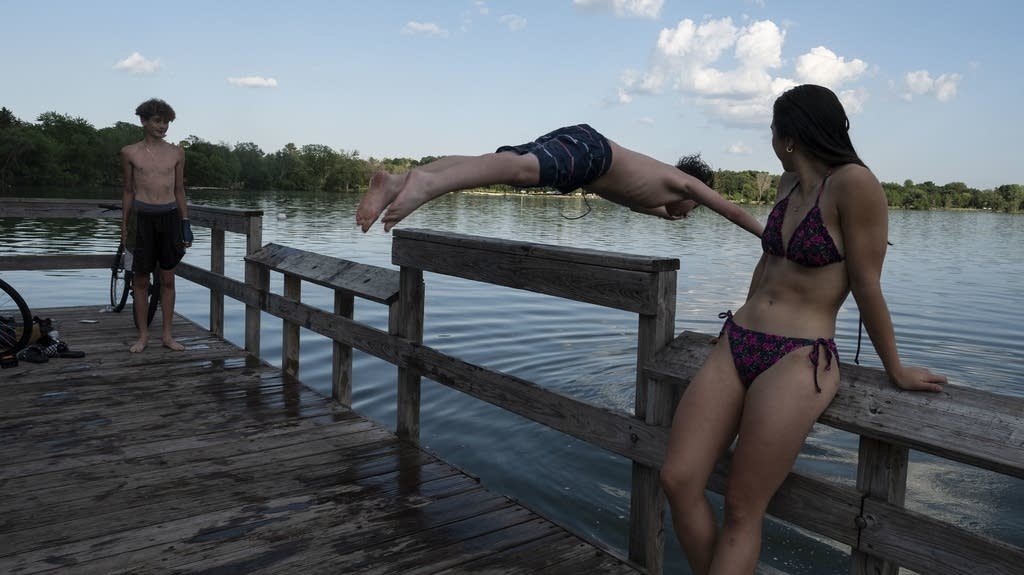Have you heard about a “summer surge” of COVID-19 again this year?
Data from the Centers for Disease Control and Prevention are indeed showing a national increase in early indicators of COVID activity, including the percentage of emergency department visits that are related to the disease and the known percentage of tests for the disease that show up positive.
While the national data are somewhat spotty, the CDC’s map shows that the test positivity increases are, so far, concentrated in the Mountain, Pacific, South and Southeast regions.
Hospitalization and mortality data from the Minnesota Department of Health confirm that there has not been a COVID flare-up in the state so far this summer. The average number of hospital admissions due to COVID has hovered in the single digits since late May.
COVID-related mortality also remains low in the state. According to the health department’s latest data, there were zero COVID-related deaths in 18 days of June.
University of Minnesota professor and director of the Center for Infectious Disease Research and Policy Michael Osterholm disputes the notion of seasonality in COVID, saying that waves of the disease have much more to do with population-level immunity and the virulence of the ever-changing variants of COVID. Still, hospitalizations did increase in Minnesota starting in June last year and in mid-July of 2020, 2021 and 2023.
One note of caution in this otherwise relatively optimistic report: Wastewater measurements, which tend to detect COVID activity in advance of either hospitalizations or deaths, are trending upward.
According to data from the University of Minnesota, the amount of COVID detected in wastewater samples from treatment plants around the state is currently only slightly above the all-time low in such measurements taken over the past four years. The recent trend, however, is in the wrong direction, amounting to a 34 percent increase in the past month.
For now, that increase might be characterized as more of a gradual rise than a dramatic spike, but it is worth watching considering the small “summer surges” of COVID activity in other parts of the country.




